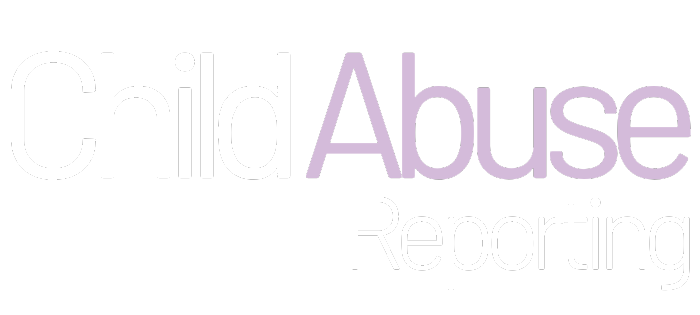The indicators for child abuse and neglect fall into two general categories:
Physical indicators: Injuries to a child that are severe, occur in a pattern or occur frequently. These injuries range from bruises to broken bones to burns or unusual lacerations.
Behavioral indicators: The child’s actions, attitudes, and emotions can indicate the possibility of abuse or neglect. However, behavioral indicators alone are much less reliable than physical indicators, as children’s behaviors may be the result of a variety of other problems or conditions that have nothing to do with abuse. When observing changes in behavior, look for the frequency and pattern of the new behavior, as well as a child’s age and stage of development. For example, it is normal for younger children to be wary of adults, as they may have been taught not to talk to strangers. Look for a combination of physical and behavioral indicators.
The indicators alone, do not prove child abuse or neglect—but each requires a response from a mandated reporter. First, ask for more information regarding the circumstances. If the answers leave you with a reasonable suspicion that abuse or neglect has occurred, report your suspicions to the Child Abuse Hotline.
Physical Abuse:
Physical Indicators
Behavioral Indicators
Sexual Abuse:
Physical Indicators
Behavioral Indicators
Neglect:
Combined Physical and Behavioral Indicators

